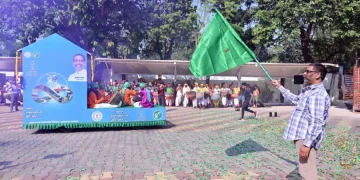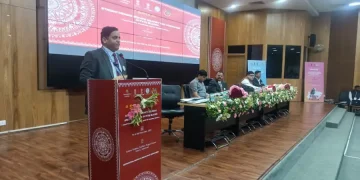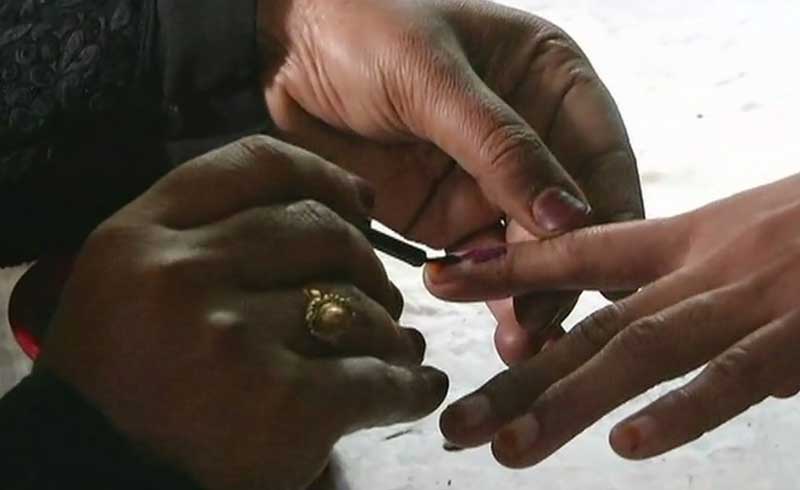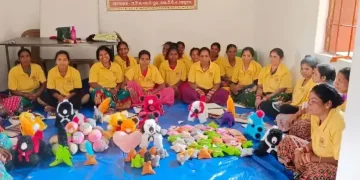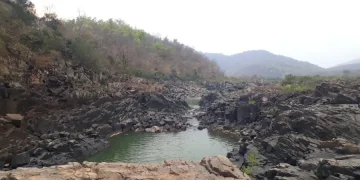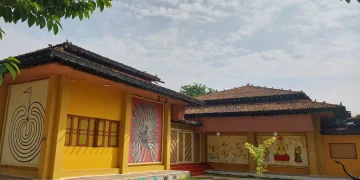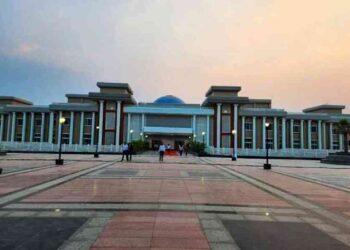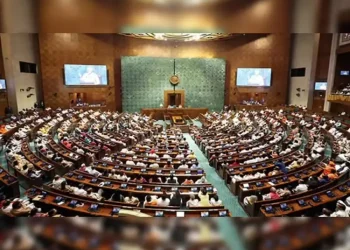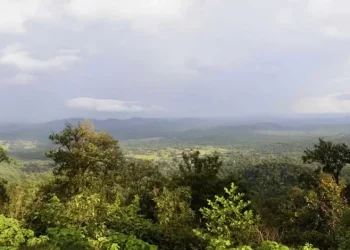New Delhi
At the just-concluded two-day BJP National Executive, party president JP Nadda set a target of winning all the nine Assembly elections slated for 2023. Four more States namely Andhra Pradesh, Odisha, Sikkim and Arunachal Pradesh will have elections along with the Lok Sabha polls sometime in April-May, 2024, wherein senior BJP leader Amit Shah has asserted that his party would get a mandate bigger than in 2019. The BJP had bagged 303 Lok Sabha seats then.
On Wednesday (January 18), the Election Commission announced Assembly elections in the first tranche of three States: In Tripura on February 16 and in Meghalaya and Nagaland on February 27 with results on March 2. The three States have 60 seats each. And of the total 180 seats in contention, 134 are seats reserved for the Scheduled Tribes — 59 of 60 (barring Dimpaur-1) in Nagaland, 55 of 60 (five General) in Meghalaya and 20 of 60 (10 SC, 30 General) in Tripura.

Overall, in the 13 States that will have Assembly elections in the next one and half years, there are a total of 404 seats that are reserved for the STs. The Lok Sabha, for its part, has 47 seats reserved for the community.
With its focus on tribals helping it sweep Gujarat’s tribal belt in the recent Assembly elections, it is for sure that Scheduled Tribes will continue to hold centrestage in the Narendra Modi Government and BJP’s plan of action. Tribals will play a key role in ensuring that Nadda’s target for this year and beyond is achieved. After all, BJP’s continued tribal-centric approach led it to win 24 of the 27 tribal seats in Gujarat.
However, despite giving the tribal tag to the Hattis of Himachal Pradesh, fulfilling their demand since 1967, the BJP lost two of the four Assembly seats in the Hatti-dominated Sirmaur district. Even the two wins are attributed to the rebel factor. Intriguingly, though, overall the BJP lost Himachal Pradesh to Congress by a margin of “just 37,000 votes”.
STs form an important constituency for the Opposition parties like the Congress, Trinamool Congress and Biju Janata Dal too. Tribals have traditionally been Congress supporters but have gradually shifted their allegiance to the BJP and other non-Congress entities.
Over the last one year, the Modi Government’s thrust on the STs has been more than evident as it went ahead declaring the observance of November 15 every year as Janjatiya Gaurav Diwas to mark the birth anniversary of revolutionary tribal icon Birsa Munda, opening tribal freedom fighters museums across the country, renaming railway stations after tribal freedom fighters and of late, going on a spree of inclusions of several communities from Tamil Nadu, Karnataka, Jharkhand and UP, in the Scheduled Tribes List through the Parliamentary process.
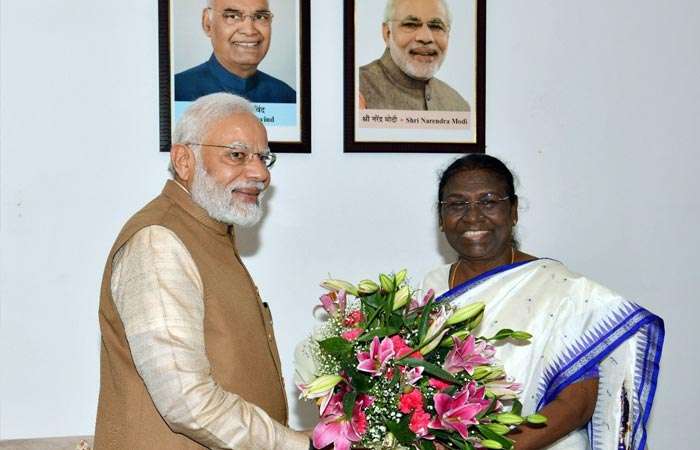
Topping it all, it went ahead making Droupadi Murmu the President of India — the first tribal woman to have the honour. The Opposition pitched Trinamool’s BJP import Yashwant Sinha. This support to a non-tribal against a tribal was showcased as the Opposition’s “anti-tribal mindset” by Modi in rally after rally in the tribal belt of Gujarat.
The BJP has since been billing the Trinamool as anti-tribal in Bengal too, forcing its head and Chief Minister Mamata Banerjee to reach out to the community. Not without reason. The BJP that won 18 of the 42 Lok Sabha seats in 2019 had done exceedingly well in tribal-dominated seats. It won five of the six Lok Sabha seats in the tribal districts of Bankura, Purulia and West Midnapore besides seven of the eight Lok Sabha seats in North Bengal.
The TMC, however, managed to win 48 of the 94 Assembly seats in the tribal districts in the 2021 Assembly polls. Given her national aspirations, Mamata cannot afford allowing BJP to repeat its 2019 performance in 2024. The bigger the TMC’s seat share, the higher her stakes for the Prime Ministership from the Opposition camp if things come to that stage.
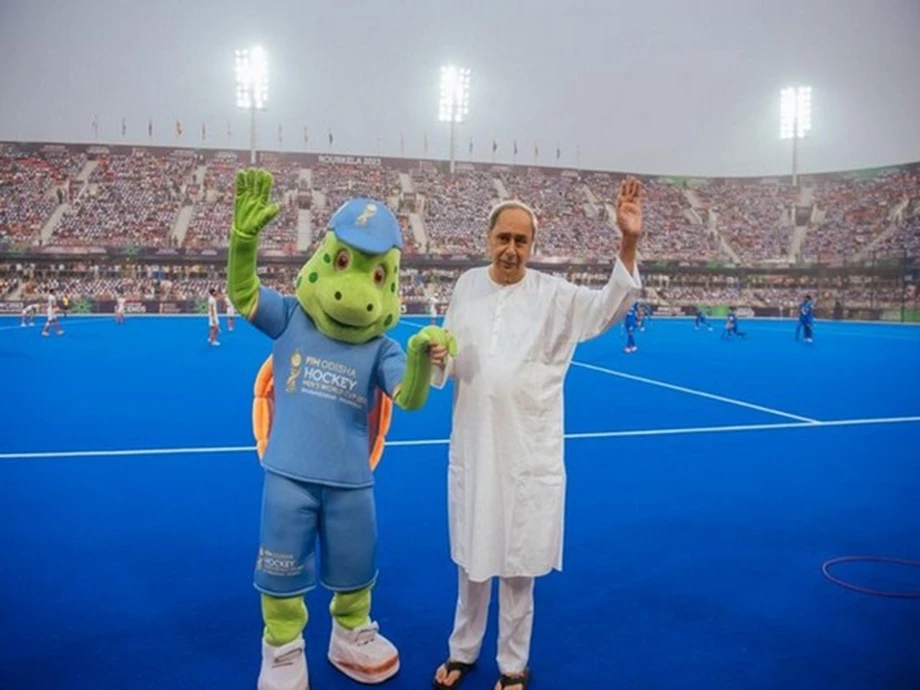
In neighbouring Odisha, the BJP is planning to focus on the tribal and women population for the Assembly election in 2024 in a bid to uproot the strongly-entrenched Naveen Patnaik-led BJD dispensation. Patnaik has announced the BJD can stay in power for 100 years and already gone ahead playing the tribal card by taking steps like naming one of the world’s biggest hockey stadiums in Rourkela after Birsa Munda. The sports complex is currently co-hosting the FIH Men’s Hockey World Cup. Odisha has 24 ST Assembly seats.
The BJP is finding the going tough in Tripura where there are 20 ST seats and the tribal outfit Tipraha Indigenous People’s Regional Alliance (Tipra) Motha has been expanding its base and influence and has even asked BJP ally, the IPFT, to join forces to achieve similar end – that of a separate Tipraland State. Whether replacing former CM Biplab Deb with the political greenhorn Manik Saha will help negate the impact of its MLAs switching camps and enable its return to power remains to be seen even as the Congress and the CPM have joined hands.
In another North East State of Nagaland (59 ST seats), tribal outfits are demanding a settlement of the Naga Political Issue before the Assembly elections queering the pitch for the BJP and its Chief Minister Neiphiu Rio. There have been bandhs and protests by the tribal outfits which have come under the banner Nagaland People’s Action Committee.
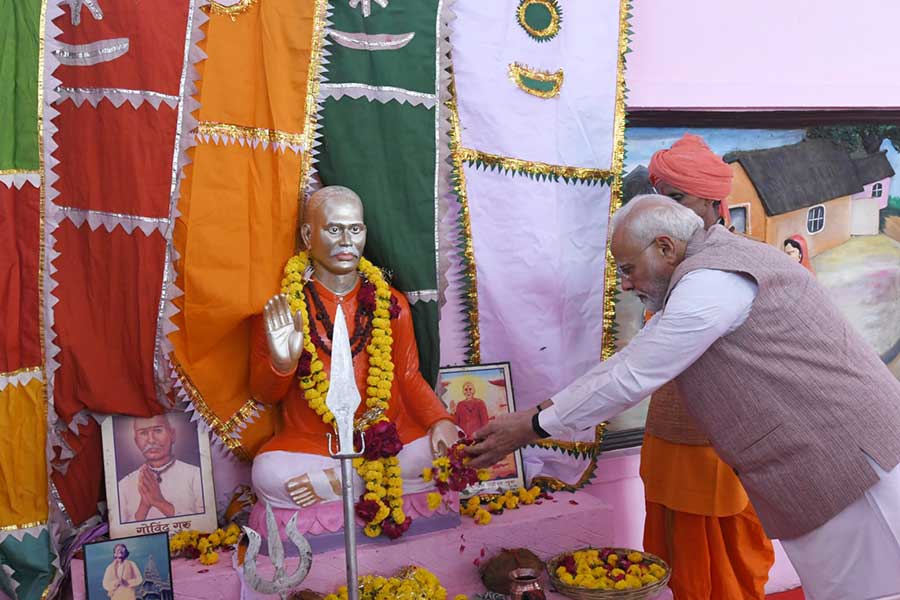
In Rajasthan with 25 ST Assembly seats, the Ashok Gehlot government has been conducting events like the tribal games and sports tournaments in its tribal outreach campaign. It also organized the rural Olympics to have a statewide outreach to the young voters. Prime Minister Narendra Modi visited the historically and politically important Mangarh last year. It holds significance as the tribals of the region hold sway in 99 Assembly seats in Rajasthan, Gujarat, and Madhya Pradesh, where the Shivraj Singh Chouhan dispensation has taken a number of tribal-centric initiatives with an eye on the 47 ST seats in the State Assembly.
From implementing The Panchayats Extension to Scheduled Areas (PESA) Act, 1996 to give special powers to the Gram Sabhas in Scheduled Areas, especially for the management of natural resources to a bonus on tendu leaves and 20 percent of revenues incurred on timber wood to forest committees to unveiling a 10-feet Ashtdhatu (eight metals) statue of tribal icon Tantya ‘Mama’ and announcing a memorial, park and library dedicated to him.






